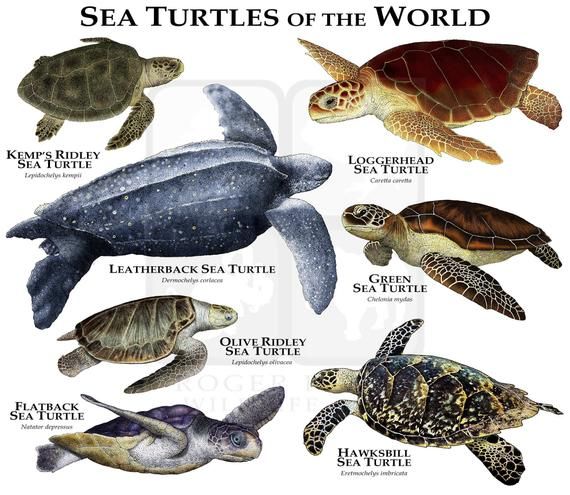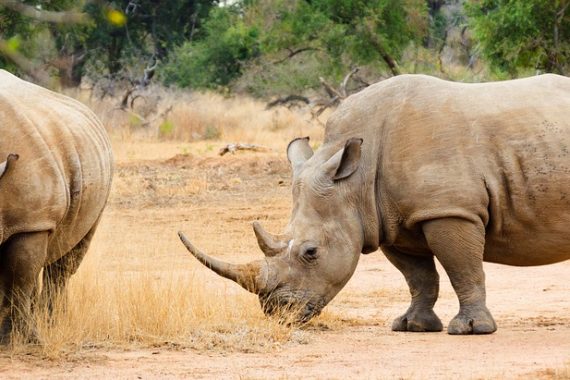
In honor of Sea Turtle Week, we decided to return to sea turtles and specifically cover the largest of the group, the Leatherback. This sea turtle dwarfs their distant relatives and can reach over 6.5 feet (2 meters) and weigh nearly a ton (900 kg). They are enormous! Not to mention they are one of the deepest diving animals (outside of fish), among many other amazing facts. Sadly, sea turtle populations continue to decline and we discuss this more in depth in this episode. We also highlight conservation efforts to protect them around the globe. We learned quite a bit about these amazing animals and hope you do too.
Leatherback Sea Turtle History
Sea Turtles are one of the most successful species of reptile to populate the planet. Turtles as a whole emerged around 220 million years ago. Sea turtles date back nearly 150 million years when these early turtles began to adapt to an aquatic life. The earliest known fossils for sea turtles are found in Colombia, South America. The Leatherback Sea Turtle has an interesting history, as they broke off from other sea turtles around 100 million years ago to form their own Family. Around 1 million years ago is when the current species of sea turtles emerged and are what we see today.

The Leatherback Sea Turtle is from the Family Dermochelyidae. They are the only remaining species. This differs from the other 6 sea turtle species, which are from the Family Cheloniidae. Their scientific name is Dermochelys coriacea.

Leatherback Sea Turtle Facts
The Leatherback is the leviathan of sea turtles. They are massive when compared to other sea turtle species. What makes them especially unique is their leathery backs. Rather than a hardened shell, the Leatherback, like its name, has a thick rubbery-like protective shell. Leatherbacks also are the deepest diving sea turtle reaching depths of 4000 feet (1200 meters) and can stay submerged for 85 minutes. Other facts include:
- Eats a diet primarily of jellyfish, though it will eat other soft prey
- Can swim up to 22 MPH (35 KPH) in the water
- Females only come on land to lay eggs, males spend their entire lives in the ocean
- Have high concentration of red blood cells, allowing them to store more oxygen for deep dives
- Have specialized counter-current blood vessels, allowing them to stay warm in cool waters
- Migrate thousands of miles out in the oceans
- Females come back to the same beach they were hatched to lay her eggs; scientists are still puzzles how they can navigate back to the same beach
- Nest usually every 2 to 3 years, with an average of 80 eggs in each clutch
Leatherback Sea Turtle Conservation
Every species of sea turtle is heading towards extinction. Despite surviving mass extinctions and for over 100 million years, sea turtles may become extinct in the next few decades. The Leatherback Sea Turtle is listed as Vulnerable to extinction with an estimate of maybe 34,000 females left in the world. While some populations like in the Atlantic are fairing well. In other regions such as in the Pacific, populations have crashed due to poaching and other pressures. Accidental by-catch and ocean pollution are both contributing factors to the Leatherback’s decline.
You can read a VERY detailed report on the status of the Leatherback Sea Turtle across the world from the National Oceanic and Atmospheric Administration (NOAA) noaa_25629_DS1








